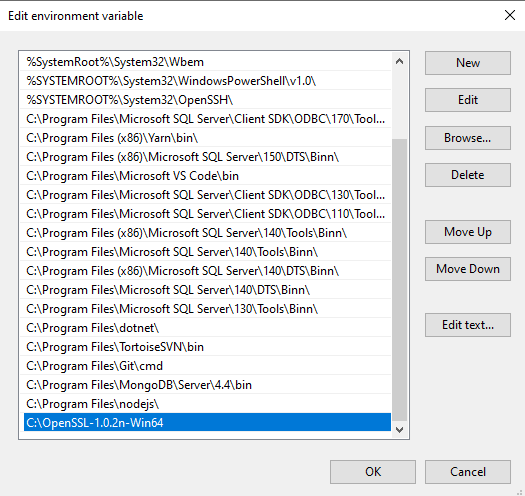

Root Certificate: A certificate trusted to end a certificate chain.The top of the chain is a self-signed but widely trusted root certificate. A second signed certificate affirms the trustworthiness of the first signer, a third affirms the second, and so on. Certificate Chain: One signed certificate affirms that the attached public key belongs to its owner.Someone receiving a signed certificate can verify that the signature does belong to the CA, and determine whether anyone tampered with the certificate after the CA signed it. CA-Signed Certificate: A certificate authority (CA) electronically signs a certificate to affirm that a public key belongs to the owner named in the certificate.Self-Signed Certificate: A file that contains a public key and identifies who owns that key and its corresponding private key.When your server sends a browser its public key, the browser can encrypt messages that only your server can read, because only your server has the matching private key. Public Key: Allows a sender (client or server) to encrypt a message for a specific recipient (server or client).Key Pair: A public encryption key and a private encryption key, in a matched set.Key: A unique string of characters that provides essential input to a mathematical process for encrypting data.These instructions use the following terms: Configuring Code42 servers to use an HTTPS Strict Transport Security (HSTS) response header further prevents unencrypted browser access to Code42 consoles.Configuring Code42 servers and apps to use strict TLS validation further ensures the security of client-server connections.Never reconfigure a production server to use HTTP, rather than TLS and HTTPS.It prevents attackers from acquiring client data through counterfeit servers and encryption keys. Adding a CA-signed certificate provides further security by confirming your server's identity to clients.That provides for encrypting client-server traffic. By default, your authority server uses a self-signed certificate and TLS.A Code42 server that is configured to use a signed certificate, strict TLS validation, and strict security headers protects server communications with browsers, your Code42 apps, and other servers. Your on-premises Code42 authority server is no exception. Reliable security of any production web server requires an SSL certificate signed by a trusted certificate authority (CA) and enforced use of the TLS protocol (that is, HTTP S, not HTTP). Server security requires a CA-signed certificate and the TLS protocol


 0 kommentar(er)
0 kommentar(er)
